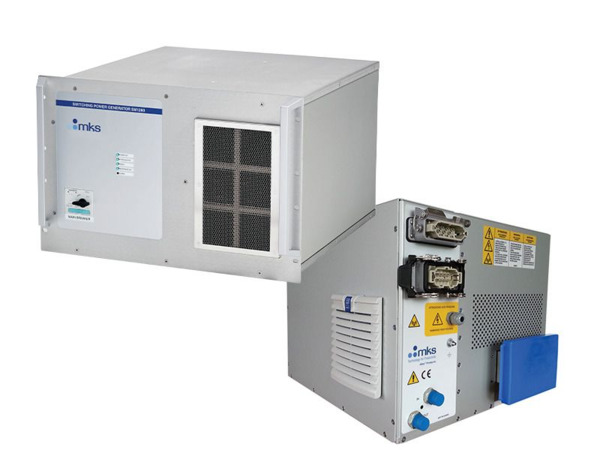Microwave Plasma: Transforming ALD in Semiconductor Manufacturing
Overview
Microwave plasma holds an established role in surface engineering, yet its unique properties position it as a potentially transformative technology for semiconductor manufacturing, particularly within the context of Atomic Layer Deposition (ALD). This transformation addresses critical challenges in modern fabrication, such as the need for precise deposition in increasingly complex, high-aspect-ratio (HAR) structures.
Microwave Plasma in Surface Treatment and Cleaning
Microwave plasma is a preferred technology for essential semiconductor surface preparation due to its ability to generate high-density, low-ion-energy plasma without electrodes:
- Contamination-Free Environment: The absence of electrodes eliminates the risk of metal ion contamination from electrode sputtering, ensuring the high-purity process essential for sensitive semiconductor materials.
- Effective Cleaning: The high density of neutral and radical species effectively removes organic residues and native oxides from surfaces without causing significant damage to the delicate substrate.
- Uniformity: Microwave plasma systems achieve highly uniform plasma distribution over large areas, which is vital for consistent results across an entire semiconductor wafer.
What Makes Microwave Plasma-Assisted ALD (MPALD) Different?
Microwave Plasma-Assisted ALD (MPALD) offers a competitive differentiation, aiming to deliver performance, sustainability, and cost leadership.
- Enables Ultra-Thin Film Deposition: MPALD facilitates the creation of high-quality, ultra-thin films necessary for critical components like gate dielectrics and advanced interconnects.
- Low-Temperature Capability: Functional layers can be deposited at temperatures ranging from room temperature to 200°C. This is crucial for maintaining the integrity of temperature-sensitive materials in 3D integration and advanced packaging processes.
- Superior Electrical Performance: The process reduces interface defects, directly improving device reliability and overall manufacturing yield by enabling very pure films with low leakage current.
- Energy & Cost Efficiency: The high plasma reactivity leads to efficient processes with minimal substrate damage.
- Scalable for Future Nodes: MPALD technology is scalable and supports logic, memory, and heterogeneous integration in sub-5 nm technologies and beyond.
Why MKS Microwave Systems Provide the Solution
MKS is a leader in delivering integrated, highly reliable microwave plasma subsystems that meet the rigorous demands of advanced semiconductor manufacturing.
- Integrated Turnkey Solutions: MKS microwave plasma subsystems are fully integrated and tested, providing a complete, ready-to-implement solution that reduces complexity and ensures process consistency.
- Precision and Repeatability: MKS systems feature precise power measurement, closed-loop control, and advanced automatic matching units (SmartMatch®) that guarantee optimal coupling to the plasma, ensuring high accuracy and wafer-to-wafer repeatability.
- High Power and Radical Concentration: MKS offers systems up to 6 kW, capable of delivering a high concentration of radicals with low electron temperatures for maximum gas dissociation rates and minimal recombination.
- Application Expertise and Support: Beyond hardware, MKS provides a team of experienced plasma physicists and application experts to assist with process development and integration issues, ensuring an optimized process and global support for seamless integration.
- Enhanced Uptime and Productivity: Components are optimized for long life (MTBF exceeding 100,000 hours), and features like rapid automatic tuning and efficient chamber cleaning solutions (via remote plasma sources) maximize uptime and equipment productivity.
MKS solutions enable the creation of the thin, highly tuned, and conformal films with excellent electrical characteristics needed for current and future complex logic and memory ICs.
Learn More:
- MKS offers compact industrial microwave generators and systems in 915MHz and 2450MHz that are adaptable to a wide range of applications. See our Microwave Generators and Systems here
- Contact an MKS Applications Specialist to discuss how MKS Microwave Systems can improve your process.

 Ultra-High Velocity
Ultra-High Velocity